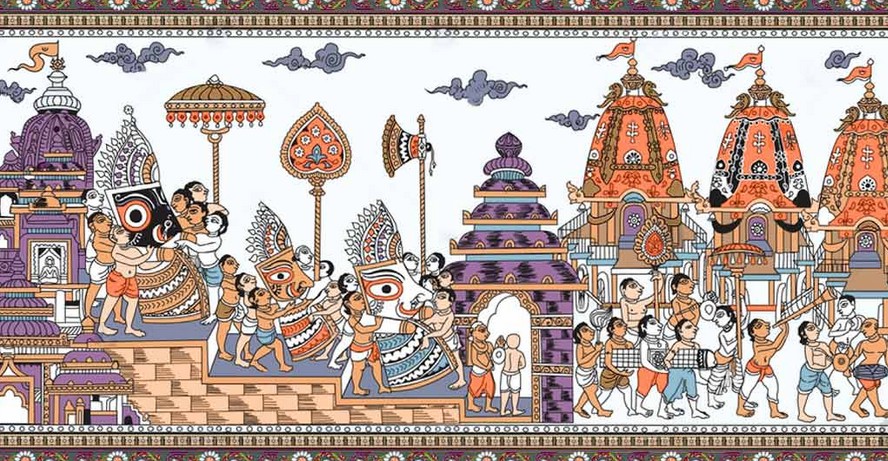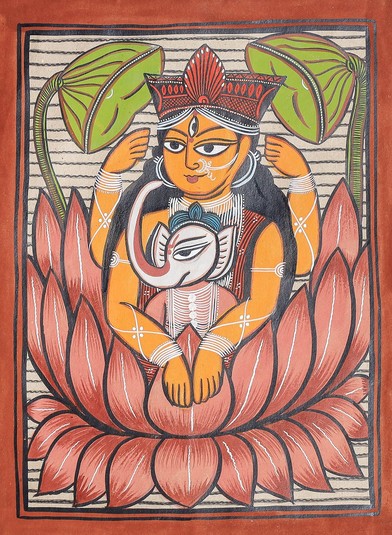Why in the News?
The second Kala Utsav 2025 at Rashtrapati Bhavan celebrated India’s tribal art, with artists from Jharkhand, Odisha, and West Bengal showcasing Sohrai, Pattachitra, and Patua paintings.

About Sohrai Paintings:
- Origin: Indigenous to Jharkhand, especially the Hazaribagh region.
- Etymology: Derived from ‘Soro’ meaning “to drive away with a stick.”
- Historical Roots: Traces back to the Meso-chalcolithic period (9000–5000 BC).
- Archaeological Evidence: Similar rock paintings found at Isko Rock Shelter in Barkagaon.
- Key Features of Sohrai Art:
-
- Practiced By: Women of Kurmi, Santhal, Munda, Oraon, Agaria, and Ghatwal tribes.
- Geographical Spread: Found in Jharkhand, Bihar, Odisha, and West Bengal.
- Materials Used: Natural substances like charcoal, clay, and soil.
- Themes: Celebrates nature—forests, rivers, animals—along with harvest and fertility.
- Festival Link: Painted during the Sohrai festival, marking the harvest season and winter.
- Ritual Role: Rice-gruel mandalas drawn to welcome cattle into homes.
- GI Tag: Awarded in 2020 for Sohrai Khovar Painting.
Back2Basics:Pattachitra Painting:
Patua Painting:
|
| [UPSC 2015] Kalamkari painting refers to:
Options: (a) a hand-painted cotton textile in South India* (b) a handmade drawing on bamboo handicrafts in North-East India (c) a block-painted woollen cloth in Western Himalayan region of India (d) a hand-painted decorative silk cloth in North-Western India |
Get an IAS/IPS ranker as your 1: 1 personal mentor for UPSC 2024



